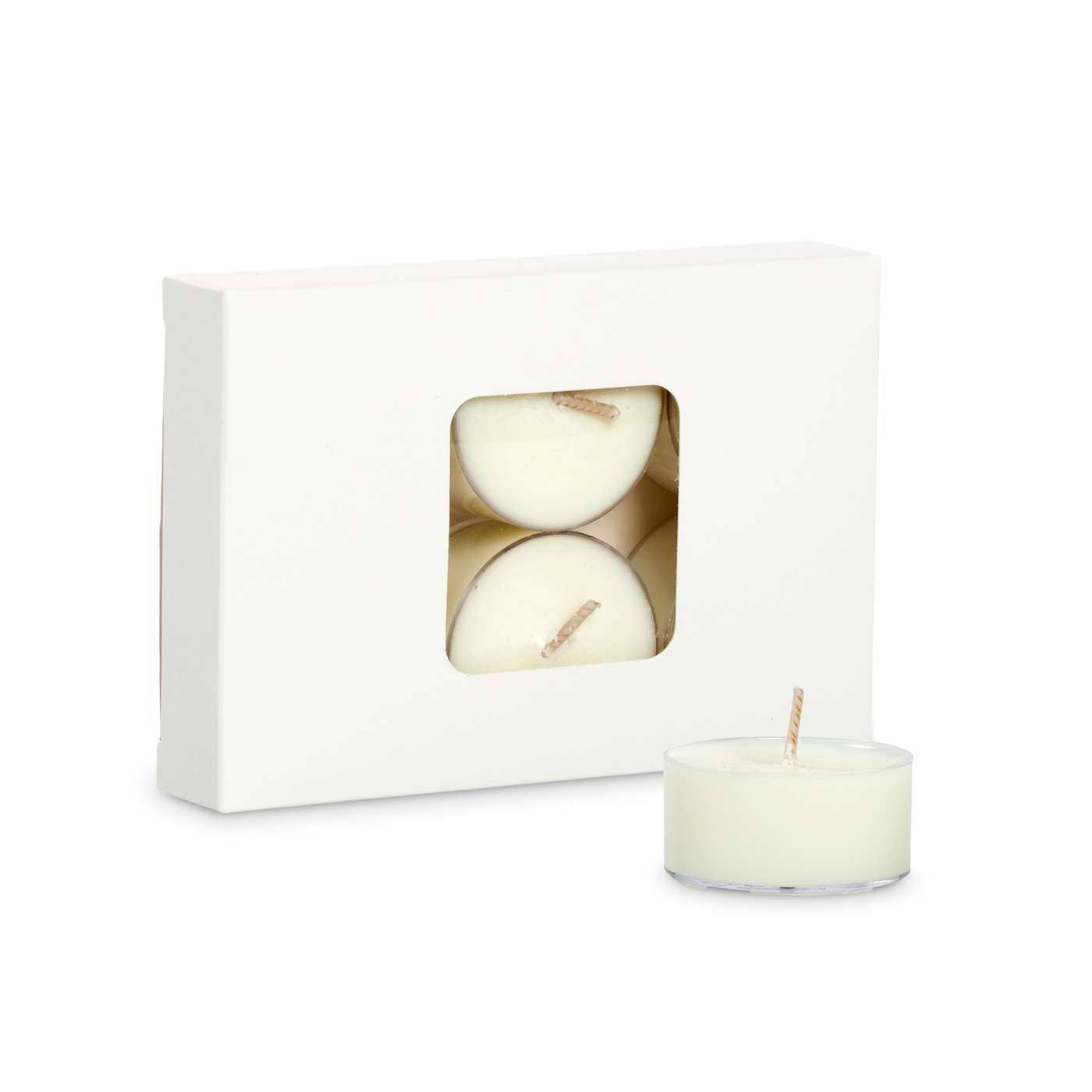Experience the Calmness of Crystal Soy Candles and Home Fragrance
Experience the Calmness of Crystal Soy Candles and Home Fragrance
Blog Article
From Wick to Wax: Comprehending the Chemistry Behind Soy Wax Candles and Their Environmental Influence
As we illuminate our rooms with the cozy radiance of candles, there lies a world of complex chemistry behind the relatively simple act of lighting a soy wax candle light. The option in between soy and paraffin wax extends past simple looks, delving into the realm of environmental effect and the really composition of the products. Understanding the molecular framework of soy wax and its burning process sheds light on the discharges launched right into our surroundings. Join us as we decipher the clinical complexities behind soy wax candle lights and discover their implications on our atmosphere.
Soy Wax Vs. Paraffin Wax
When comparing soy wax and paraffin wax for candle making, it is vital to understand the unique features and advantages of each material. Soy wax is a natural, renewable energy originated from soybean oil, making it biodegradable and environment-friendly - soy wax candles. On the other hand, paraffin wax is a byproduct of petroleum refining, which raises problems about its environmental influence and sustainability
Soy wax candle lights burn cleaner and discharge less soot compared to paraffin wax candles, making them a healthier choice for interior air top quality. Additionally, soy wax has a lower melting point, allowing for a longer-lasting candle light that disperses fragrance better. Paraffin wax, on the other hand, often tends to shed faster and less cleanly, possibly launching unsafe chemicals into the air.
From a sustainability viewpoint, soy wax is preferred for its biodegradability and renewable sourcing, aligning with the expanding customer preference for eco aware products. While paraffin wax has been a traditional option in candle making due to its cost and ease of use, the change towards environmentally friendly alternatives like soy wax is gaining energy in the market.
Chemical Composition of Soy Wax

Combustion Process in Soy Candles
The chemical make-up of soy wax straight affects the combustion procedure in soy candle lights, affecting variables such as shed time, scent launch, and environmental effect. When a soy candle light is lit, the heat from the fire thaws the wax near the wick. This fluid wax is then formulated the wick because of capillary action. As the liquid wax gets to the flame, it vaporizes and undergoes combustion. The burning procedure entails the vaporized hydrocarbons in the wax reacting with oxygen airborne to create heat, light, water vapor, and carbon dioxide.
The combustion performance of soy candle lights is influenced by the purity of the soy wax and the top quality of the wick. In addition, soy wax candles have a lower ecological influence compared to best site paraffin candle lights due to their renewable and naturally degradable nature.

Environmental Advantages of Soy Wax

Thought about a lasting option to typical paraffin wax, soy wax uses remarkable environmental advantages that make it a preferred selection among eco-conscious customers. One significant advantage of soy wax is its eco-friendly sourcing. Soy wax is stemmed from soybean oil, which is primarily cultivated in the USA. The farming of soybeans aids support local farmers and minimizes the dependency on non-renewable nonrenewable fuel sources made use of in paraffin wax production. In addition, soy wax is naturally degradable, indicating it damages down naturally without releasing damaging toxins into the atmosphere. This characteristic makes soy wax candles a more environmentally friendly option contrasted to paraffin wax candle lights, which are made from oil, a non-renewable source. Soy wax Continued burns cleaner and produces less residue than paraffin wax, adding to far better indoor air top quality and lowering the demand for cleaning and maintenance. Overall, the environmental advantages of soy wax line up with the growing need for environment-friendly and sustainable products on the market.
Recycling and Disposal Factors To Consider
Reusing and correct disposal of soy wax candle lights play an important function in maintaining environmental sustainability and lowering waste in households and areas. When it comes to recycling soy wax candles, the very first step is to ensure that the candle light has actually shed entirely.

In regards to disposal, if recycling is not an alternative, soy wax candles are naturally degradable and can be securely disposed of in most household waste systems. Nonetheless, it is always advised to contact local reusing centers or waste administration solutions for certain guidelines on candle light disposal to guarantee proper handling and environmental management.
Conclusion
To conclude, the chemistry behind soy wax candles discloses their ecological advantages over paraffin wax candles. Soy wax, originated from soybean oil, burns cleaner and produces much less residue when compared to paraffin wax. The burning process in soy candle lights is more reliable, leading to a much longer and a lot more even shed. Additionally, soy wax is naturally degradable and renewable, making it a much more lasting selection for candle light manufacturing. Recycling and appropriate disposal of soy wax candle lights better add to their ecological influence.
When comparing soy wax and paraffin wax for candle production, it is vital to comprehend the distinctive qualities and benefits of each product (candles).Soy wax candle lights melt cleaner and give off much less residue compared to paraffin wax candle lights, making them a much healthier choice for indoor air high quality.Thought about a sustainable choice to typical paraffin wax, soy wax provides remarkable environmental benefits that make it a prominent option amongst eco-conscious customers. Soy wax burns cleaner and produces much less residue than paraffin wax, adding to much better interior air top quality and reducing the need for cleaning and upkeep.In final thought, the chemistry behind soy wax candles discloses their ecological advantages over paraffin wax candle lights
Report this page